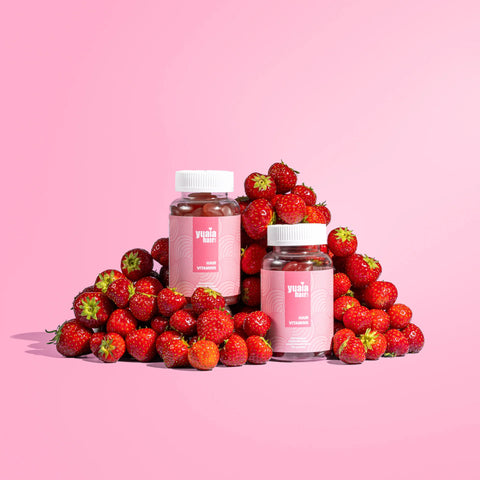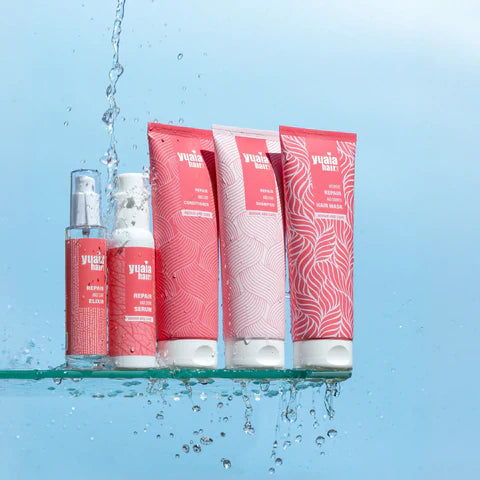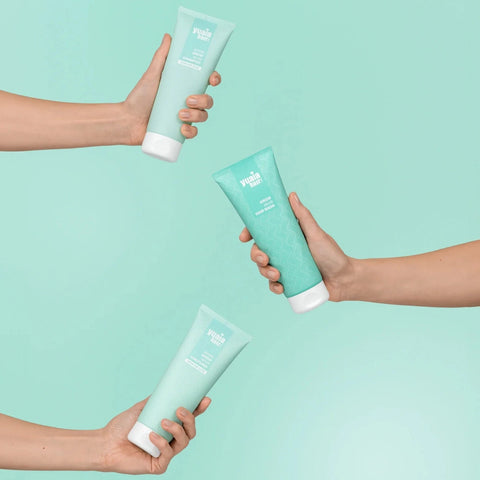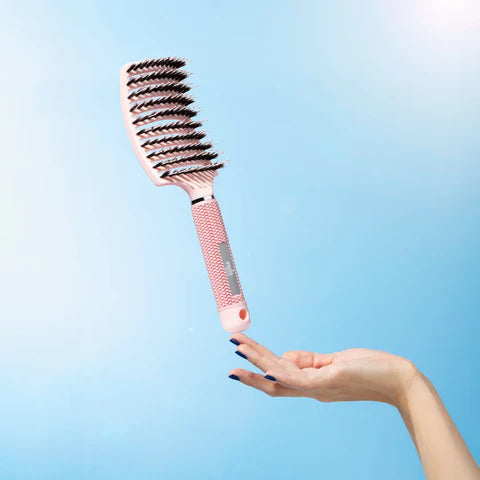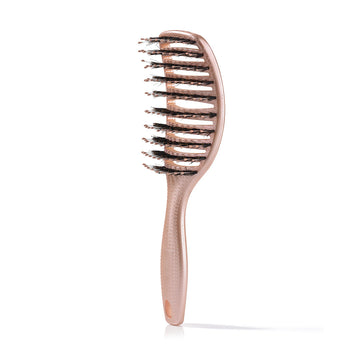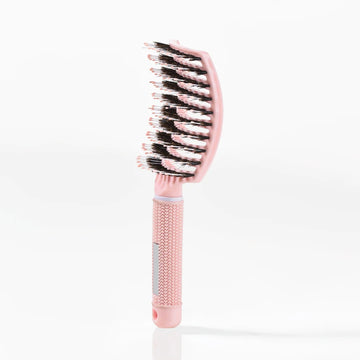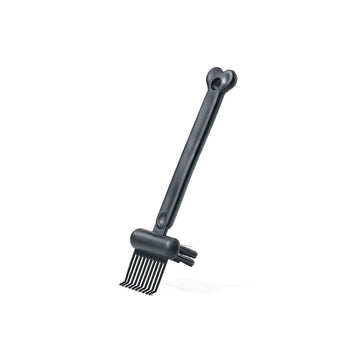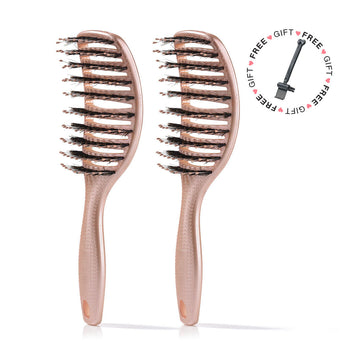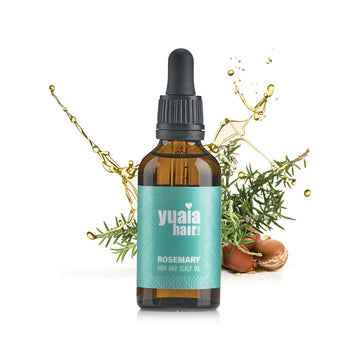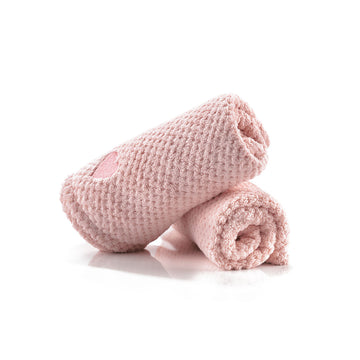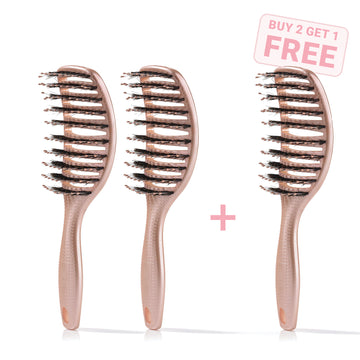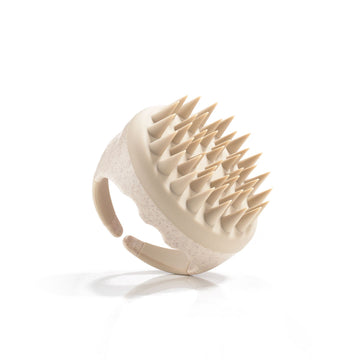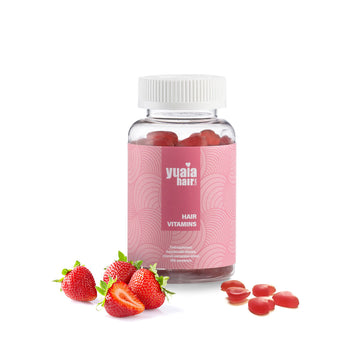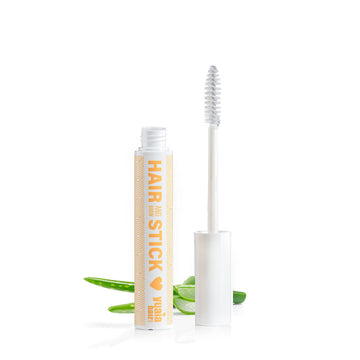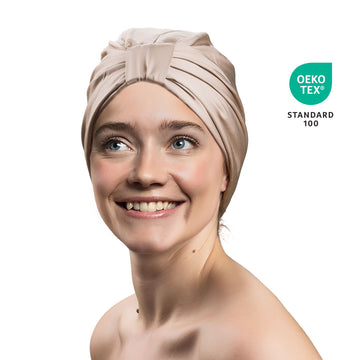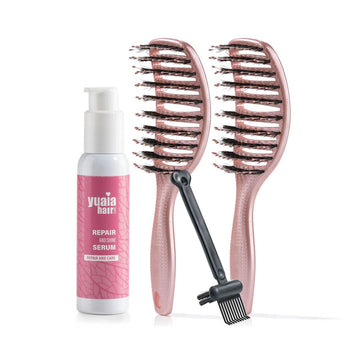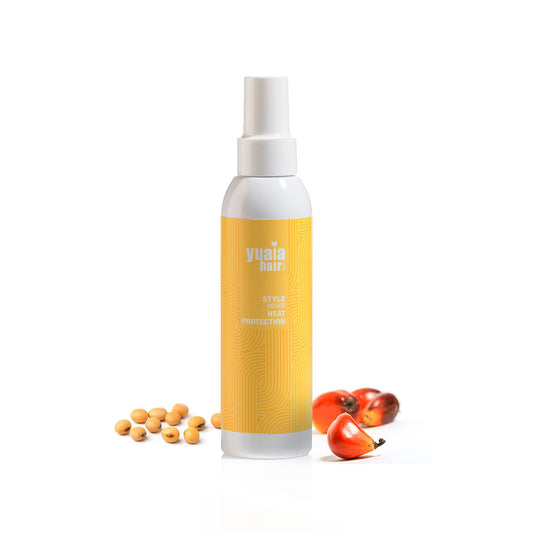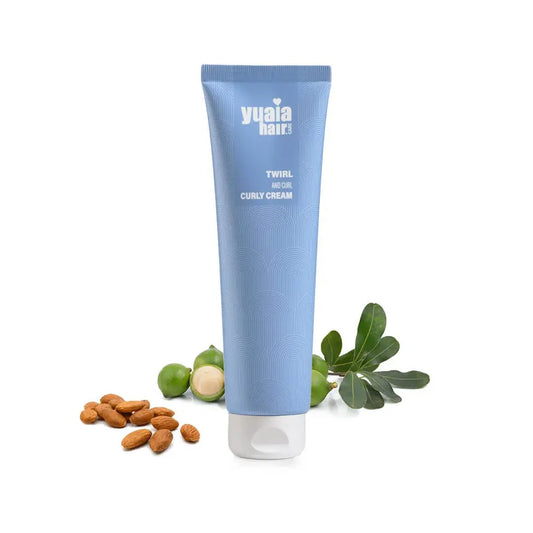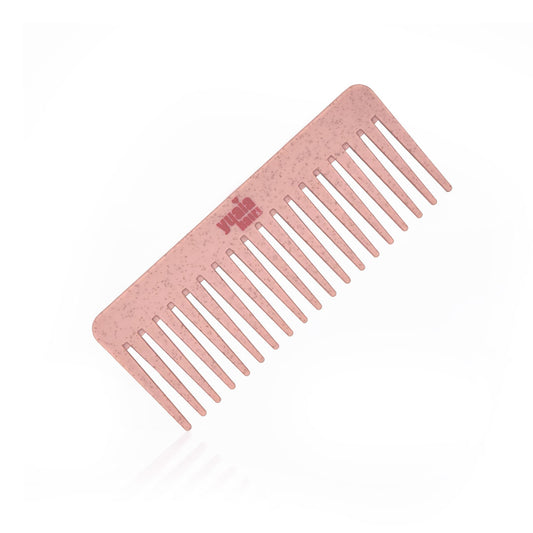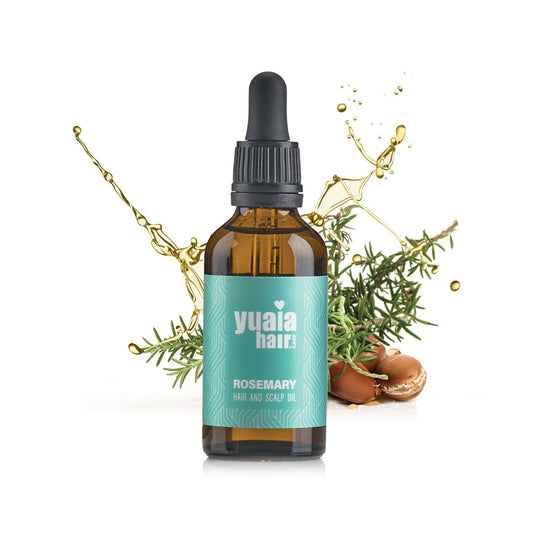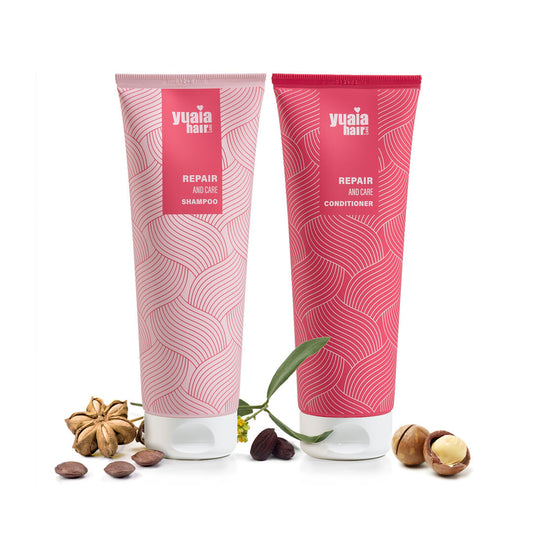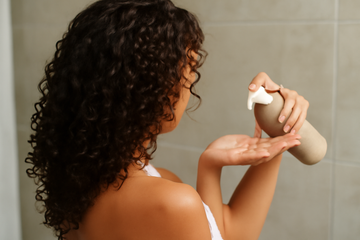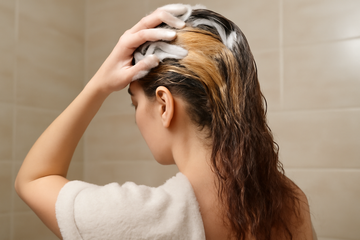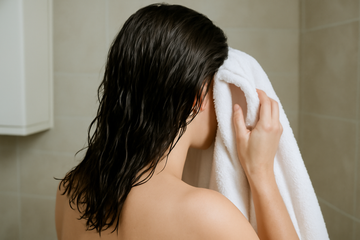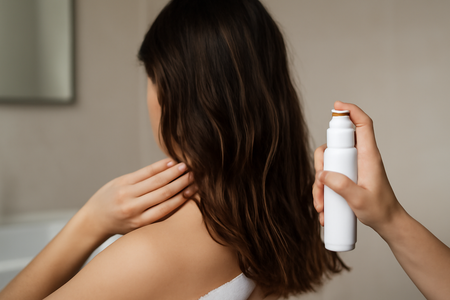
Tailoring application to hair type
Understanding how much heat protectant to use involves tailoring your application to your specific hair type. Fine and thick hair, for instance, require different approaches. Fine hair tends to benefit from a lighter application to avoid weighing it down. Opt for a minimal amount of product, ensuring that the hair remains light and voluminous. For thicker hair, a more generous application can be beneficial to ensure every piece is adequately coated.
Curly vs. straight hair
Curly hair often requires a slightly different approach compared to straight hair. Curly hair can be more prone to dryness, so it's important to ensure that each curl is well-protected. Sectioning your hair can help in applying the product evenly, focusing on the ends where damage is most likely to occur. For those with curly hair, using products like our Twirl and Curl Curly Cream can enhance curl definition while providing necessary protection.
Straight hair, on the other hand, may require less product, as it tends to distribute naturally. A few spritzes of heat protectant spray should suffice, ensuring even coverage without oversaturating any area.
Additional tips for curly hair
For those with curly hair, it's beneficial to apply heat protectant when the hair is damp. This helps lock in moisture and provides a smoother base for styling. Ensuring that each curl is defined and protected can enhance the natural texture and prevent frizz. Additionally, using a wide-toothed comb can help distribute the product evenly without disrupting the curl pattern. Consider exploring our wide-toothed comb for this purpose.
Techniques for optimal application
Applying heat protectant effectively involves more than just the amount used; it's also about the technique. Start by sectioning your hair, which allows for targeted application and ensures each part of your hair receives adequate protection. Focus especially on the ends, as they are most susceptible to damage from heat styling.
After applying the product, use a comb to distribute it evenly. This ensures that each section of hair is coated, providing uniform protection. It's also essential to wait 1–2 minutes after applying the heat protectant before using any styling tools. This waiting period allows the product to settle and form a protective barrier, optimizing its effectiveness.
For those who frequently use heat styling tools, it's important to integrate a heat protectant into your routine consistently. This not only protects your hair from immediate damage but also contributes to maintaining its overall health and appearance over time.
Natural and sustainable hair care choices
In the pursuit of healthy hair, the choice of products plays a significant role. Opting for sulfate-free and silicone-free formulations can provide long-term benefits for both your scalp and hair. These natural ingredients help maintain a healthy balance, reducing the risk of irritation and buildup. At Yuaia Haircare, we offer products that align with these values, such as our Rosemary Hair Oil, which supports scalp health and hair strength.
Beyond personal benefits, the environmental impact of hair care products is also an important consideration. Our commitment to eco-friendly packaging and formulations ensures that you can care for your hair while also caring for the planet. By choosing products that are both effective and sustainable, you contribute to a healthier environment.
Avoiding buildup and over-application
One common challenge with heat protectant use is the potential for buildup, which can lead to dull, greasy hair. Recognizing the signs of overuse, such as a heavy or sticky feeling, is key to maintaining hair health. To avoid these issues, ensure you're using the right amount of product for your hair type and length.
Incorporating a clarifying routine can help manage buildup without resorting to harsh chemicals. Using a sulfate-free clarifying shampoo periodically can refresh your hair, removing excess product and restoring its natural shine and volume. This approach helps maintain the effectiveness of your heat protectant and other styling products.
Frequently asked questions
How often should you reapply heat protectant?
The frequency of reapplication depends on your styling routine. For those who use heat tools daily, applying heat protectant each time you style is recommended to ensure continuous protection. If you style your hair less frequently, reapplying as needed will suffice.
Does heat protectant expire?
Yes, heat protectants do expire. Typically, they have a shelf life of about 12 months after opening. To maximize their effectiveness, store them in a cool, dry place away from direct sunlight.
Compatibility with hair extensions
When using heat protectants with hair extensions, it's important to ensure that the product is compatible with both your natural hair and the extensions. Apply the protectant evenly, focusing on the ends where extensions are most vulnerable to damage. Always check the product label for any specific compatibility instructions.
Clarifying routine without harsh chemicals
Maintaining clean and healthy hair without harsh chemicals is possible with natural solutions. Incorporate a sulfate-free clarifying shampoo into your routine to gently remove buildup and impurities, leaving your hair fresh and revitalized.
 2-4 dagen levering
2-4 dagen levering
 100.000+ tevreden klanten
100.000+ tevreden klanten
 Tevredenheidsgarantie
Tevredenheidsgarantie

